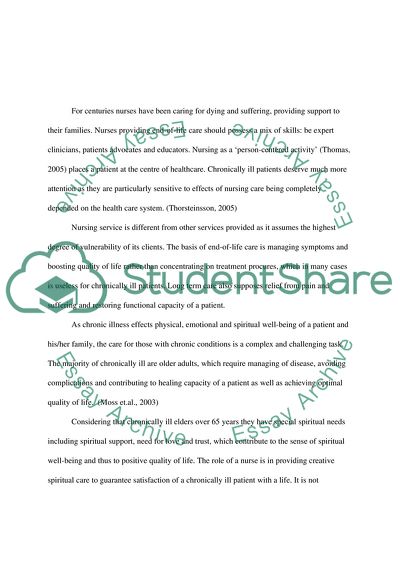Cite this document
(Clients with Chronic Illness and Their Families Coursework, n.d.)
Clients with Chronic Illness and Their Families Coursework. https://studentshare.org/nursing/1723407-clients-with-chronic-illness-and-their-families-experience-continuing-and-often-overwhelming-changes
Clients with Chronic Illness and Their Families Coursework. https://studentshare.org/nursing/1723407-clients-with-chronic-illness-and-their-families-experience-continuing-and-often-overwhelming-changes
(Clients With Chronic Illness and Their Families Coursework)
Clients With Chronic Illness and Their Families Coursework. https://studentshare.org/nursing/1723407-clients-with-chronic-illness-and-their-families-experience-continuing-and-often-overwhelming-changes.
Clients With Chronic Illness and Their Families Coursework. https://studentshare.org/nursing/1723407-clients-with-chronic-illness-and-their-families-experience-continuing-and-often-overwhelming-changes.
“Clients With Chronic Illness and Their Families Coursework”. https://studentshare.org/nursing/1723407-clients-with-chronic-illness-and-their-families-experience-continuing-and-often-overwhelming-changes.


